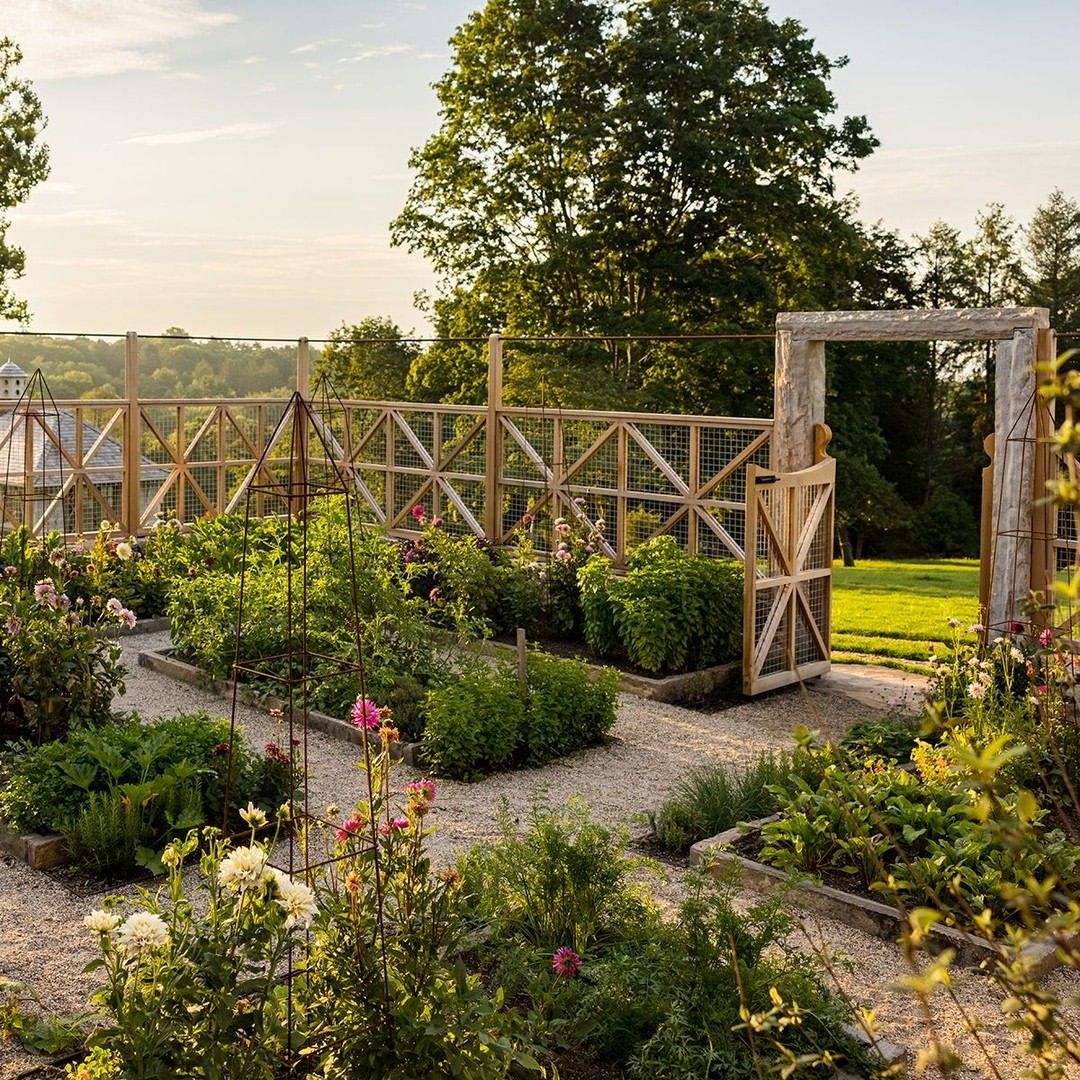
Growing your own vegetable garden can be a rewarding and satisfying experience. Not only is it a great way to save money on groceries, but it also allows you to enjoy fresh, organic produce right from your backyard. Plus, there’s something special about being able to nurture a plant from seed to harvest and enjoy the fruits of your labor.
One of the key benefits of having a vegetable garden is that you have control over the quality of the produce you are consuming. By growing your own vegetables, you can avoid harmful pesticides and chemicals that are often used in commercial farming. This means that you can enjoy healthier and more nutritious vegetables that are free from any harmful substances.
Another advantage of having a vegetable garden is that you can grow a variety of vegetables that may not be readily available in your local grocery store. You can experiment with different types of vegetables and explore new flavors and textures that you may not have tried before. Additionally, you can customize your garden to suit your taste preferences and dietary needs, ensuring that you always have a fresh supply of your favorite vegetables on hand.
In addition to the health benefits, having a vegetable garden also promotes sustainability and environmental consciousness. By growing your own vegetables, you are reducing your carbon footprint and minimizing the amount of food waste that ends up in landfills. You can also compost your garden scraps to create nutrient-rich soil, further reducing your impact on the environment.
Starting a vegetable garden may seem daunting at first, but with the right tools and knowledge, anyone can grow their own produce. The first step is to choose a suitable location for your garden that receives plenty of sunlight and has good drainage. You’ll also need to prepare the soil by adding compost or fertilizer to ensure that your plants have the nutrients they need to thrive.
Next, decide which vegetables you want to grow based on your preferences and the climate of your region. Some popular choices for beginners include tomatoes, cucumbers, peppers, and lettuce. Be sure to research the specific growing requirements for each vegetable, such as spacing, watering, and fertilizing needs.
Once you’ve planted your vegetables, be sure to water them regularly and keep an eye out for any pests or diseases that may affect your plants. It’s also important to harvest your vegetables at the right time to ensure that they are at their peak flavor and freshness.
Overall, starting a vegetable garden is a fun and rewarding way to enjoy fresh, healthy produce while connecting with nature. Whether you’re a seasoned gardener or a beginner, growing your own vegetables is a great way to promote sustainability, save money, and enjoy the satisfaction of knowing exactly where your food comes from. So roll up your sleeves, grab your gardening tools, and start reaping the benefits of having your own vegetable garden.
 Garden Ideas
Garden Ideas









